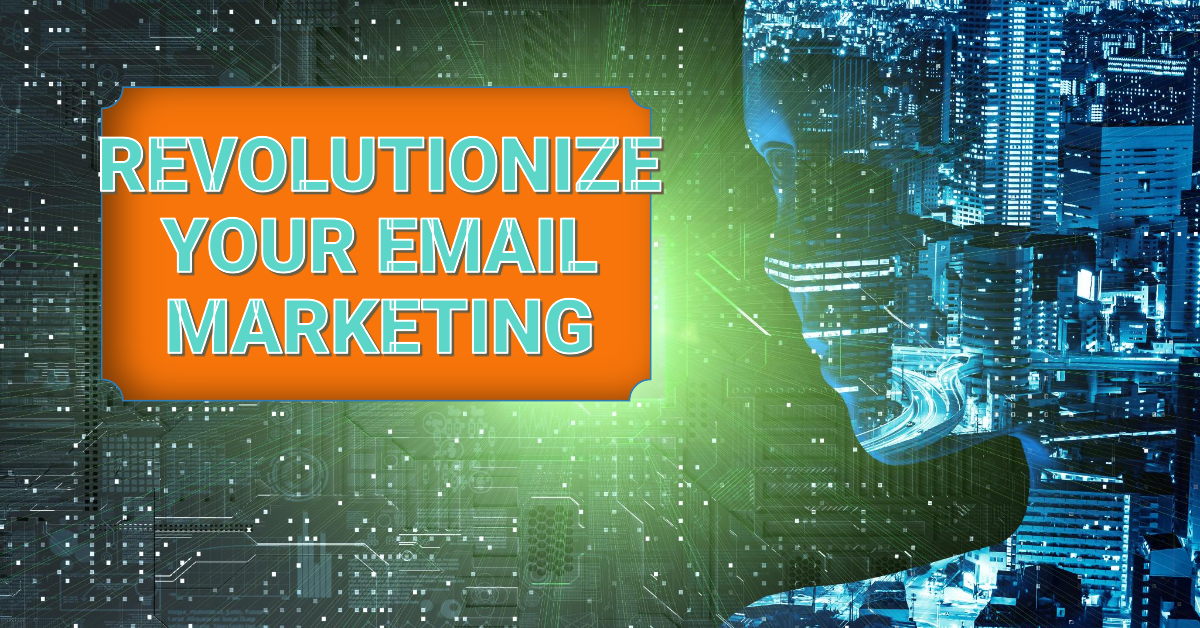In the age of information overload, personalized email content has become a critical differentiator for brands striving to engage their audience effectively. At Techsculpt Solutions, we understand that the success of email marketing campaigns hinges on delivering the right message to the right person at the right time. This is where data analytics and segmentation come into play, transforming generic emails into highly personalized experiences that resonate with recipients.
The Role of Data Analytics
Data analytics serves as the backbone of personalized email marketing. By leveraging data from various sources, such as website interactions, purchase history, and social media activity, marketers can gain deep insights into their audience’s preferences and behaviors. These insights enable the creation of detailed customer profiles, allowing for more targeted and relevant email content.
For instance, analyzing purchase history can reveal patterns and preferences that inform product recommendations. If a customer frequently buys outdoor gear, sending them emails about the latest camping equipment or hiking accessories is more likely to capture their interest than generic product announcements. Similarly, data on website interactions can highlight the types of content a user engages with, enabling marketers to tailor their email content to match these interests.
The Importance of Segmentation
Segmentation divides a broad audience into smaller, more homogenous groups based on specific criteria, such as demographics, purchase behavior, or engagement level. This process ensures that each segment receives content that is most relevant to them, increasing the likelihood of engagement and conversion.
For example, a brand might segment its email list by age group, sending different content to millennials than to baby boomers. Millennials might receive emails featuring new tech gadgets or fashion trends, while baby boomers might get content about health and wellness products. Further segmentation can be done based on engagement levels, sending re-engagement emails to inactive subscribers and exclusive offers to loyal customers.
Combining Data Analytics and Segmentation
The true power of personalized email content lies in the synergy between data analytics and segmentation. By combining these two elements, marketers can create highly targeted campaigns that address the unique needs and preferences of each segment. This not only improves engagement rates but also fosters a stronger connection between the brand and its audience.
For instance, a retailer might use data analytics to identify a segment of customers who frequently purchase running gear. They can then create a personalized email campaign featuring new running shoes, upcoming marathon events, and tips for improving running performance. By addressing the specific interests of this segment, the retailer increases the chances of driving repeat purchases and fostering customer loyalty.
Best Practices for Effective Personalization
To maximize the effectiveness of personalized email marketing, consider the following best practices:
- Gather Comprehensive Data: Collect data from various touchpoints, including website visits, social media interactions, and purchase history, to build detailed customer profiles.
- Use Advanced Analytics Tools: Leverage advanced analytics tools to gain deeper insights into customer behavior and preferences, enabling more accurate segmentation.
- Implement Dynamic Content: Use dynamic content blocks to customize email elements based on the recipient’s profile, such as product recommendations, special offers, or personalized greetings.
- Test and Optimize: Continuously test different personalization strategies and optimize based on performance metrics, such as open rates, click-through rates, and conversion rates.
- Maintain Data Privacy: Ensure compliance with data privacy regulations, such as GDPR and CCPA, by obtaining explicit consent from users and safeguarding their data.
At Techsculpt Solutions, we believe that personalized email marketing is not just about addressing recipients by their first name; it’s about delivering value through relevant and timely content. By harnessing the power of data analytics and segmentation, brands can create personalized experiences that drive engagement, build loyalty, and ultimately, boost conversions.




